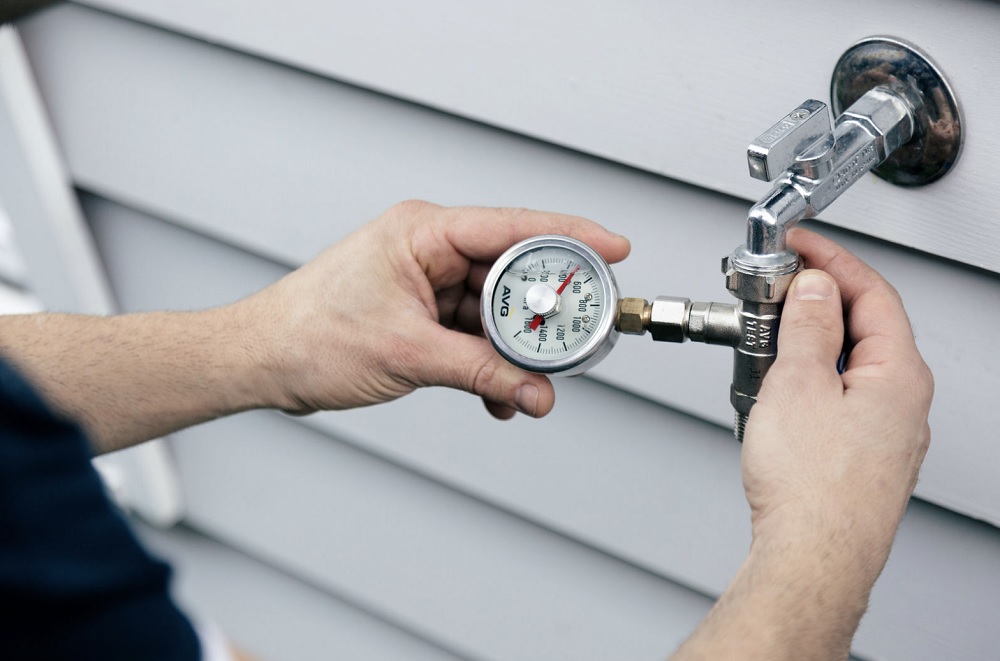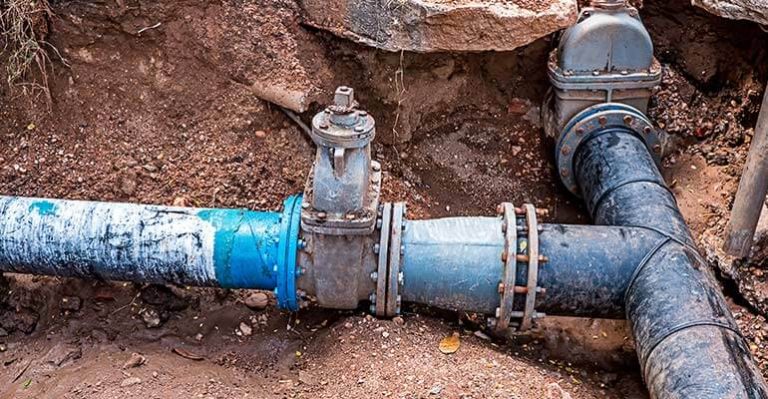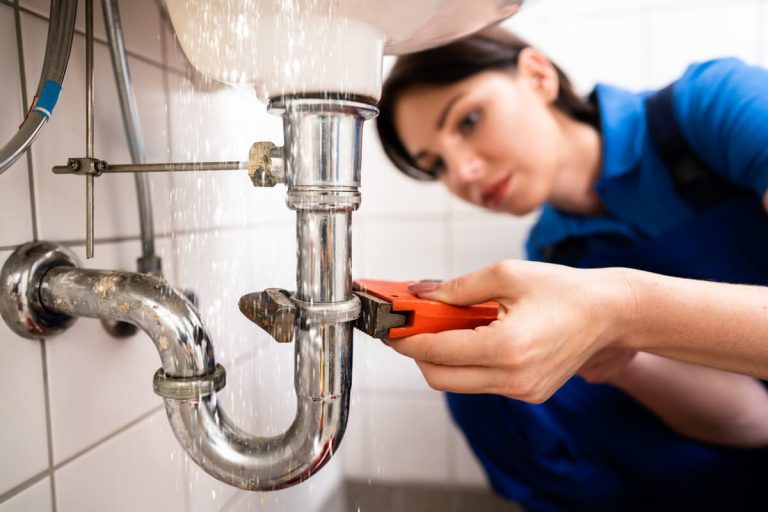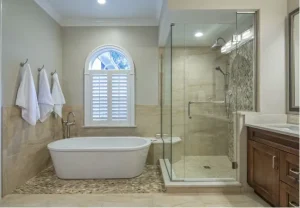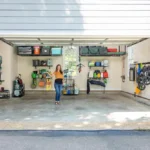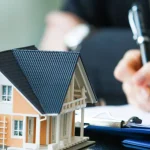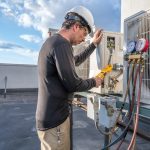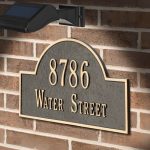In the ever-increasing world of home maintenance and utility costs, homeowners are continually searching for ways to reduce their expenses without compromising comfort or quality of life. Among the most effective yet often overlooked methods of saving money in a home’s plumbing system is optimizing water pressure. Properly managing water pressure can not only help reduce water wastage but also prolong the life of your plumbing system, reduce energy costs, and even improve the efficiency of appliances that rely on water. This article will delve into the myriad ways in which controlling and adjusting water pressure can be a key component of cost-saving strategies in plumbing.
Understanding Water Pressure and Its Importance
Water pressure refers to the force at which water flows through pipes and into fixtures like faucets, showers, and appliances. It is typically measured in pounds per square inch (PSI) and can vary depending on the location, the type of plumbing system, and even the height of the home. For most households, the optimal water pressure falls between 40-60 PSI, though it may vary slightly based on the specific needs of the home.
The importance of water pressure in plumbing cannot be understated. High water pressure can lead to several plumbing-related problems, such as increased water consumption, wear and tear on pipes, and potential leaks. Conversely, low water pressure can make daily tasks like showering or washing dishes frustrating, and it may signal underlying issues like blockages or failing equipment.
Optimizing water pressure, therefore, becomes a balancing act: ensuring enough pressure to keep your plumbing functioning properly while avoiding the inefficiencies and potential damage caused by excessive pressure.
Reducing Water Consumption
One of the simplest and most effective ways to save money on water bills is by reducing overall water consumption. Water pressure plays a significant role in this equation. Higher water pressure often leads to higher water flow, which in turn leads to more water being used in a shorter amount of time. For example, a high-pressure showerhead can use more water per minute than a low-pressure one, leading to higher water bills.
To take advantage of water pressure to cut costs, homeowners should consider reducing the pressure in their plumbing systems where possible. Installing a pressure-reducing valve (PRV) is an excellent way to regulate water pressure. This valve can be installed on the main water line and adjusted to ensure that pressure is kept within an optimal range for the entire home.
Furthermore, reducing water pressure can also help to extend the life of water-using appliances, such as dishwashers and washing machines, which are typically designed to operate within specific pressure ranges. When water pressure is too high, these appliances may suffer from increased wear and tear, reducing their lifespan and necessitating more frequent repairs or replacements.
Saving Energy with Reduced Water Pressure
Water pressure doesn’t just affect water usage—it can also impact energy consumption. Many homes use water heaters to supply hot water for showers, washing dishes, and laundry. When water pressure is too high, more water is delivered to these appliances, which can result in energy inefficiencies. For example, hot water that arrives at a faster flow rate may cool down more quickly, requiring the heater to work harder to bring the water back up to the desired temperature.
Reducing the water pressure throughout the home can prevent this energy waste. By ensuring that water is delivered at a moderate pressure, appliances such as water heaters can operate more efficiently, using less energy to maintain the desired temperature. This not only reduces electricity or gas bills but also lessens the environmental impact by decreasing overall energy consumption.
Prolonging the Life of Your Plumbing System
Excessive water pressure can place undue stress on your plumbing system. Over time, this can lead to leaks, burst pipes, and damage to fixtures. The constant force of high-pressure water against the walls of pipes can weaken their structure, particularly if the pipes are made from older or more fragile materials.
A consistent and balanced water pressure can significantly reduce the strain on your pipes, helping to prevent costly repairs. By installing a pressure-reducing valve and regularly checking the pressure settings, homeowners can ensure that the plumbing system operates efficiently without the unnecessary wear and tear caused by high pressure.
Similarly, fixtures like faucets, showerheads, and hose bibs can suffer from excessive water pressure, causing them to wear out or even break prematurely. By adjusting water pressure to an optimal level, these fixtures can last longer, saving you money on replacements and repairs.
Enhancing the Efficiency of Water-Using Appliances
Water pressure plays a crucial role in the efficiency of appliances such as dishwashers, washing machines, and irrigation systems. Each appliance has an ideal pressure range that ensures optimal performance. If the pressure is too high or too low, these appliances may not operate as intended, leading to inefficient water usage and potentially higher utility costs.
Dishwashers, for instance, rely on a certain water pressure to properly clean dishes. Too much pressure can cause water to splash around in the appliance, preventing proper cleaning, while too little pressure may result in inadequate washing. In both cases, the dishwasher would need to run longer cycles, using more energy and water in the process.
Similarly, washing machines require a steady, moderate water pressure for efficient cleaning. If the water pressure is too high, the machine may use more water than necessary, and if it’s too low, the cleaning process may be ineffective, leading to the need for additional washes.
By ensuring that water pressure is properly adjusted, homeowners can optimize the performance of their appliances, reducing both water and energy waste.
Preventing Future Plumbing Issues
Low water pressure can sometimes be an indication of underlying problems in the plumbing system. Common causes of low water pressure include sediment build-up in pipes, a clogged water filter, or issues with the municipal water supply. If these issues are not addressed, they can lead to more significant plumbing problems down the road.
By regularly monitoring water pressure and addressing low-pressure concerns promptly, homeowners can prevent more serious issues from developing. For example, if low pressure is detected, it may be a sign that a water pipe is clogged or damaged, necessitating repairs. By catching these issues early, homeowners can avoid more expensive fixes and prevent the disruption of daily activities.
Conclusion
In the world of home plumbing, water pressure is a pivotal factor in managing costs, energy efficiency, and the longevity of plumbing systems and appliances. By optimizing water pressure, homeowners can save money on water bills, reduce energy consumption, and prolong the lifespan of their plumbing infrastructure. Simple adjustments, such as installing pressure-reducing valves and monitoring pressure levels, can go a long way toward enhancing the efficiency of a home’s plumbing system. In the end, mastering the art of water pressure management offers a practical and effective way to achieve significant savings while promoting the long-term health of your plumbing system.

